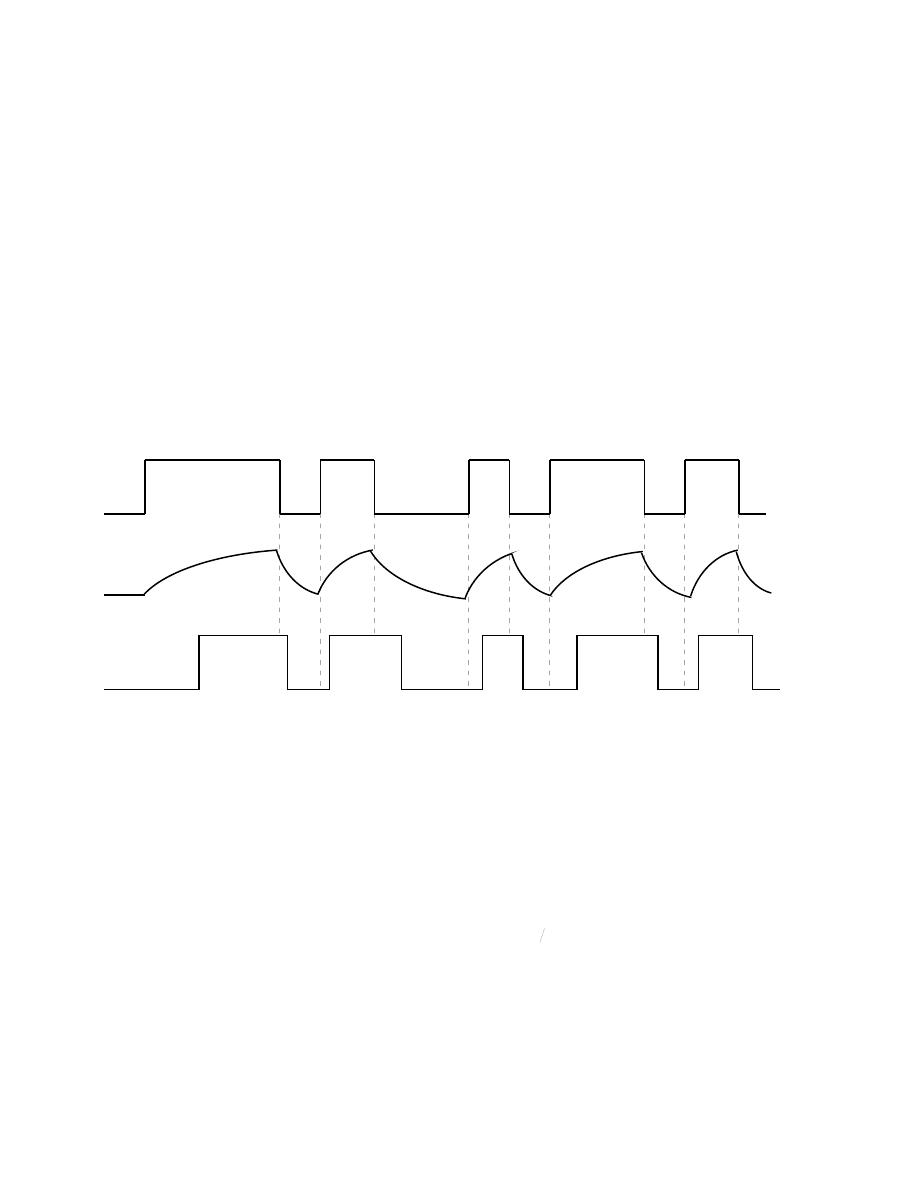ВУЗ: Казахская Национальная Академия Искусств им. Т. Жургенова
Категория: Учебное пособие
Дисциплина: Не указана
Добавлен: 03.02.2019
Просмотров: 12358
Скачиваний: 6

I
IDE: Integrated Disk Electronics. A standard interface bus in PCs, most commonly used for
hard disks. EIDE is Enhanced IDE, somewhat faster than the original IDE specification. This
later evolved into ATA (Advanced Technology (AT) Attachment) and UltraATA. This evolu-
tion is fairly parallel to the SCSI bus technology used by Macs.
IEC characteristic: The European pre-emphasis and de-emphasis equalization standard for
magnetic tape recording.
IEM: In-Ear Monitor. Earphones used by musicians when recording to hear a special cue
mix, overdubbing, or during a performance to better hear other musicians. Sometimes used
instead of stage monitors to reduce problems of feedback or to provide each musician with a
separate monitor mix. See earwig.
IFPI
: International Fédération Phonographique Industrie
. The European equivalent of the
RIAA.
IIR: Infinite Impulse Response. See FIR.
IMA: Interactive Multimedia Association.
image: (1) The apparent relative placement of individual sound sources, as imagined by a
listener of recorded audio, created during the recording and mixing processes, as well as by
the final format of the media, e.g., stereo, surround-sound. See imaging(1), Haas effect. (2) See
imaging(2).
image shift: In multichannel sound reproduction, a change in the apparent left-to-right posi-
tion from which a particular sound seems to emanate.
imaging: (1) The ability to localize the individual instruments, voices, or other sound sources
when listening to a stereophonic recording is called imaging. Accurate imaging with two
channels is almost impossible, requiring both channels to have identical gain and frequency
response, the two loudspeakers to be within 1dB of each other in frequency response and the
phase must be identical. In addition, the listener must be precisely between the two speakers.
The lack of accurate imaging with traditional, two-channel stereo has lead to three-channel
(LCR) and higher-channel audio recording and reproduction in an attempt to improve the
listening experience. Contrast with stereo spread. (2) The resulting output of a D/A converter is
a stair-step waveform which contains a great deal of high-frequency distortion called images.
To reconstruct a smooth replica of the original signal, the stair-step is passed through a steep
lowpass filter called an anti-imaging, or reconstruction filter. See quantization error.

J
J-card: The printed card inserted into a cassette tape box, so named because it resembles a
“J” when viewed from its end.
jack: A female connector, frequently mounted on the chassis of an audio device, which
serves as a receptacle for the male connector, called a plug, on the end of an audio cable.
jam sync: A family of techniques in which a synchronization device reads timecode and regen-
erates new timecode that may not have the same address as the original timecode. Usually,
the transferring of a timecode and user bits from an external reference source to a SMPTE
timecode generator, either once, called one-time jam sync, which will align two codes at one
frame only, allowing each to proceed at its own internal rate from that moment forward, or
continuously, which will force the generator to mimic the timecode numbers of the reference
source continuously. Timecode is read up to the last good address, then the generator uses
the next consecutive address to generate a new timecode, called Jam Timecode, or JTC. The
process of regenerating SMPTE timecode to a previous reference: the source timecode goes
to the timecode synchronizer which reads it and regenerates a new copy. If there is a dropout
in the timecode, the synchronizer will freewheel, continuing to create timecode to cover the
dropout. Used to recover from dropouts or non-continuous timecode caused by editing.
Jecklin Disc: Also called a Henry. A disc usually made of plywood, typically 10”-12” in di-
ameter. There is a mounting for the microphone on one edge, and the disc is covered in an
absorbent material. The concept is that the microphone spacing matches that of human ears
and the disc provides the sound-shadowing effects of the head, so the ensemble should be
able to capture sounds in the microphones which will most closely match what a person
would hear, effectively transporting the listener to the recording venue. Results are variable.
See also ambisonic.

J
jitter: (1) The lack of precision in digital sampling times, leading to amplitude errors in signals
with rapidly changing amplitudes, resulting in distortion of the sampled signal which rises
with frequency. The starting time of the sampling aperture is the non-zero time that it takes
for the sample-and-hold circuitry to determine the level of the signal waveform and to hold this
level until the next sample is called for. Because the time required to establish a new value of
charge depends on the amount of change in the signal level from one sample to the next, the
aperture time will vary with the rate of change in the signal level, increasing for high-level,
high-frequency signals. The starting time of the sampling aperture is also slightly uncertain,
and this is called jitter. Also called sampling offset uncertainty. See aperture time errors. (2)
Timing errors introduced into channel-coded interfaces such as AES/EBU and S/PDIF where
the word clock is embedded within the data stream. Cable capacitance reduces HF signal,
resulting in founded corners and sloping edges, as opposed to a sharply divided on/off pulse
wave. As the word clock timing is defined by the midpoint of the pulse wave, any strictly
nonvertical slope creates timing uncertainty and, therefore, jitter.
1
1
1
0
1
0
0
1
0
1
1
0
0
1
0
Source Signal
Signal in Cable
Decoded Signal
Jitter Caused by Cable Impedence
Johnson noise: See noise floor. Johnson noise is the broadband white noise power associated
with electrical resistance at temperatures above absolute zero. The Johnson noise level is the
limiting minimum noise any circuit can attain. Also called thermal noise.
joint: In tape editing, the point of connection between two pieces of tape spliced together.
Joule’s Law: A formula for converting watts into amperes:
P
=
V
×
I
, or alternately,
I
=
P V
.
JPEG: Joint Picture Expert Group. A body that defined a standard for data compression
originally for still images. This has been extended to M-JPEG for use in random-access (non-
linear) editing systems. Lossy, but generally acceptable. See MPEG.
JTC: See jam sync.

J
just intonation: A family of tuning systems that can have fewer than twelve tones per octave
or many more than twelve. Just intonation is based on any pure, natural scale determined by
the frequencies of the harmonic series of the tonic, not one that is artificially fixed by keyboard
instruments. Purely tuned just intervals are almost never used in music because of their in-
compatibility with the octave. Scales in just intonation are never equal tempered, and vice-
versa. See syntonic comma, diatonic comma, and temperament.
just noticeable difference: A psychoacoustic term which refers to the smallest timing differ-
ence the human aural system is capable of detecting between two sound sources, approxi-
mately 6µs. This is just an artifact of human hearing and is not related to the Haas effect.
